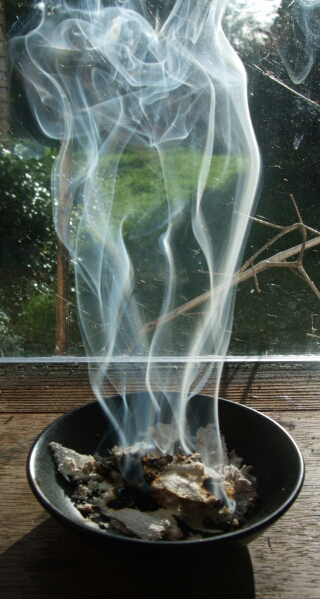Piptoporus betulinus, is also known as the birch polypore or razor strop fungus. It is one of the most common polyporous bracket fungi and grows almost exclusively on birch trees. It is therefore an inhabitant of northern forests around the world. And as such an ideal resource for those travelling in the wilderness.
Its bracket-like fruiting bodies can last for more than year and although it is classed as inedible (due to its toughness and bitterness) it is medicinal and has been used both externally as a ‘band-aid’ and topical application for inflamation and internally, as a tea, for a range of conditions including whipworm.
The surface and the layer beneath the surface has been widely used to put the fine finishing edge on a razor, a knife or an axe. In fact cutting these will dull your blade quite quickly.
This was the fungus that was carried by “Ötzi the Iceman” – the 5,000 year old mummy found in the Tyrol – and points to its long-standing use in fire-lighting. It can also be used as a ‘smudge’ (as in smudge stick or smudge pot) as it smoulders, giving off a pungent smoke that effectively repels insects.
Due to the host of uses this fungus surely deserves to a place in the Wilderness Guide’s Survival Hall of Fame.
As a plaster
The fungus has anti-bacterial, anti-viral, anti-septic, anti-inflammatory and absorbant properties that when used externally can make it a useful plaster for small cuts and abrasions.
As a blade strop
Slice the fungus, dry it and either use as is or fix it to a board or backing. Here a piece is glued to the back of my bow-drill hearth-board.
As a tinder
Either finely flaked, powdered or sliced it takes a spark from a modern firesteel.
Or as an insect-repelling smudge
Either sliced finely of even used as a thick block BPF smoulders and gives off quite a bit of thick smoke which has proven very effective to repel insects from an area. It needs a still, windless environment to work well. I have also noticed that there is a tar-like residue left on the pot/dish after burning which points to it containing tar, which might have possibly been sequestered from the birch itself and its oil-rich bark.











